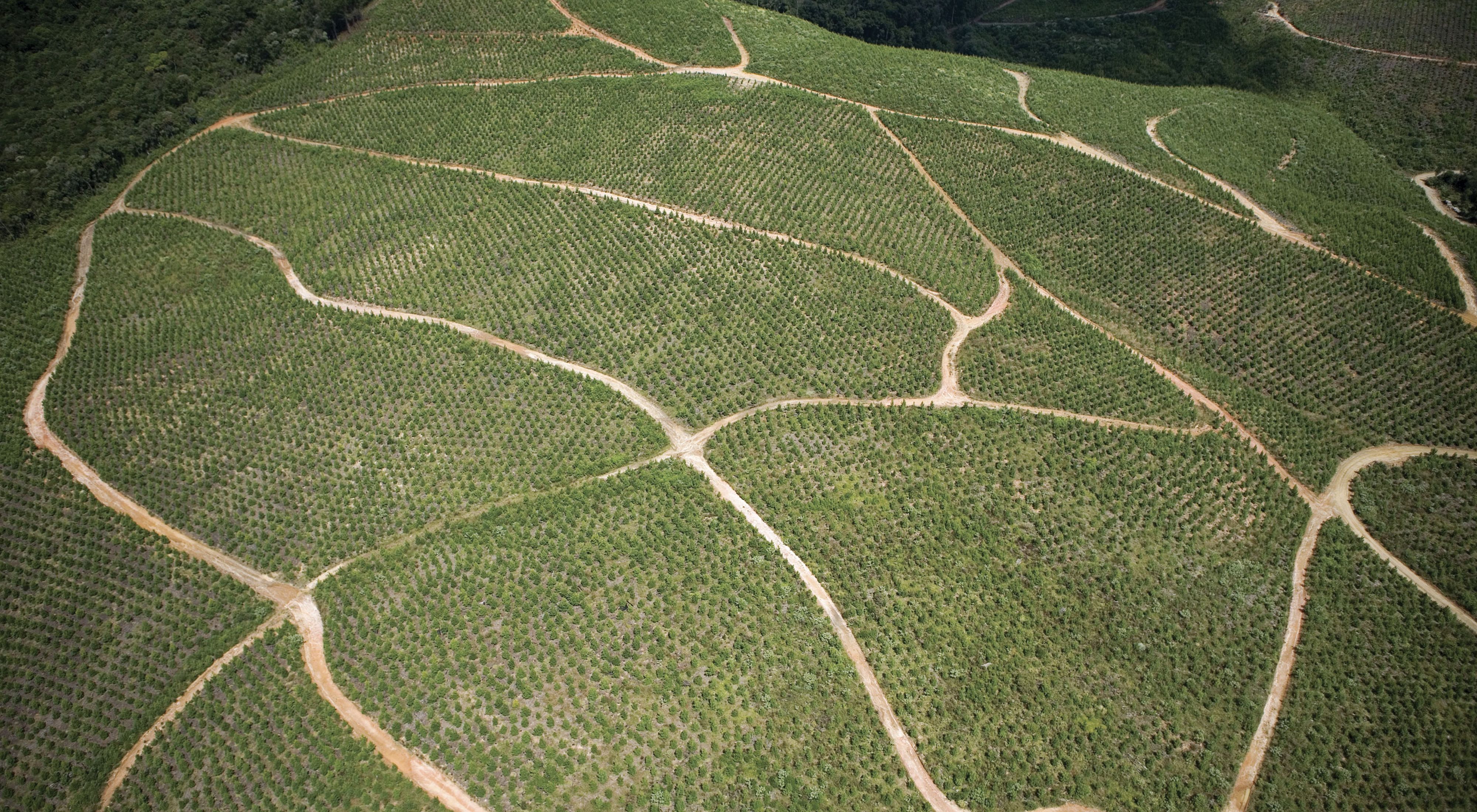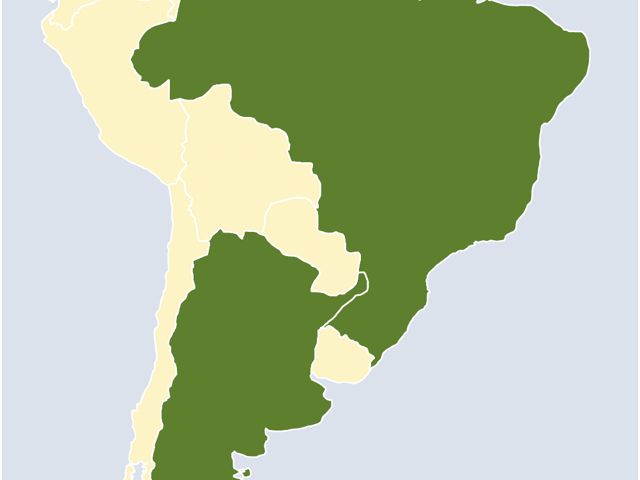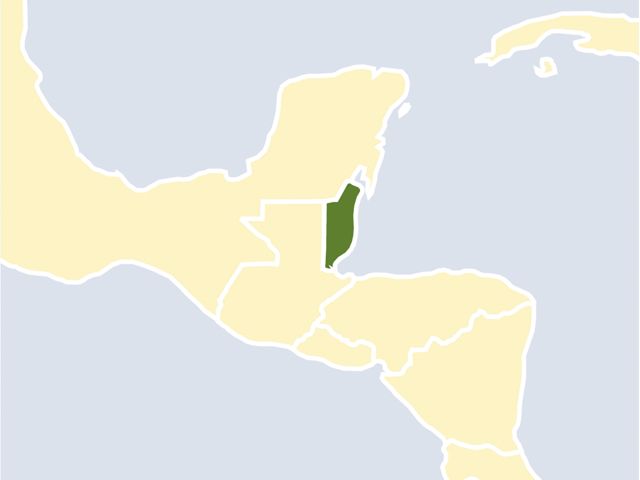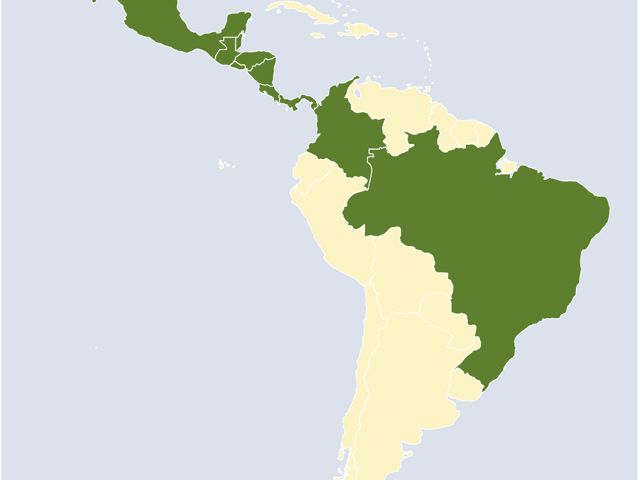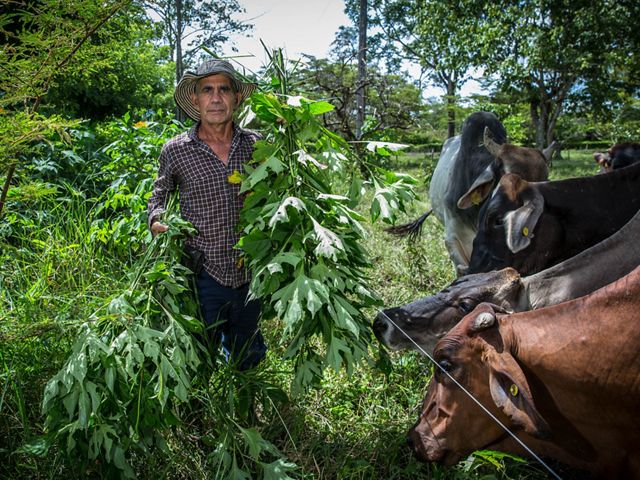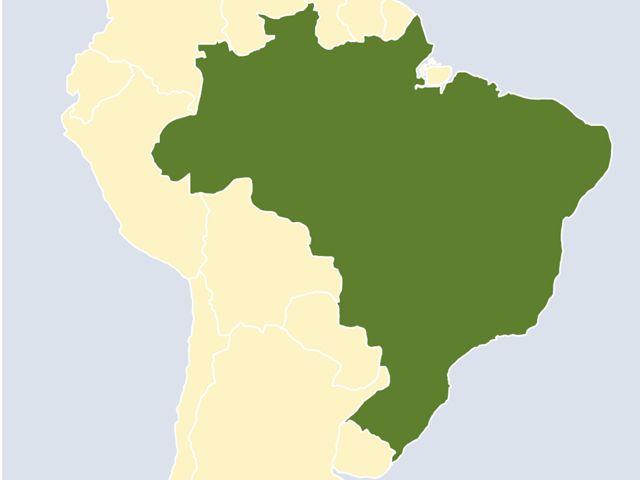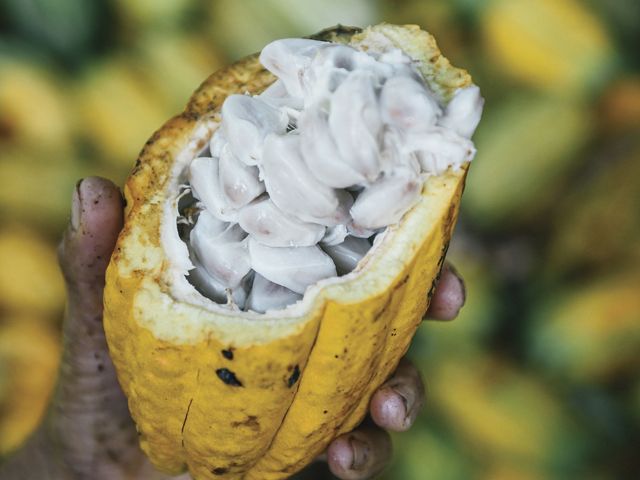Blessed with nearly a quarter of the world’s arable lands, one third of the world’s fresh water and some of the most productive fisheries on the planet, Latin America is poised to become the world’s breadbasket. But today’s methods of producing food already overtax the environment. Current practices consume 70% of the region’s fresh water and cause 70% of habitat conversion, contributing to deforestation at three times the global rate. Nearly half of Latin America’s assessed fish stocks rank from fully exploited to depleted.
Quote: Mauricio Castro
Our goal is to build a food system where agriculture works hand in hand with conservation to maintain the health of our soils and feed people around the world.
TNC and partners are demonstrating that there is another path forward. Helping small and medium-sized producers shift to sustainable agriculture, ranching and fishing has increased yields and household incomes. The understanding and respect of nature’s value is spreading in the places where we work, as healthier soils retain more carbon, nutrients and water, becoming more productive. Threatened fish stocks are recovering. Collaboration with governments and businesses is providing practical, open-source tools to increase accountability and reduce environmental impacts. Together, we are paving the way forward to position Latin America as a sustainable model for the planet.

Feature
Lessons from the Maya Forest Garden
Addressing one of humanity’s greatest challenges— finding sustainable ways to feed a rapidly increasing global population—is Latin America’s great opportunity.

Success
FishPath to Sustainable Oceans
When fish populations start crashing in areas with few restrictions it’s up to fishers to decide if they want to race to take what’s left or change their practices.

Success
Working Together for Water Protection
Latin America holds a third of the world’s fresh water, but most of these resources are concentrated in areas like the Amazon and the Andes where few people live—80% of Latin Americans live in cities.
